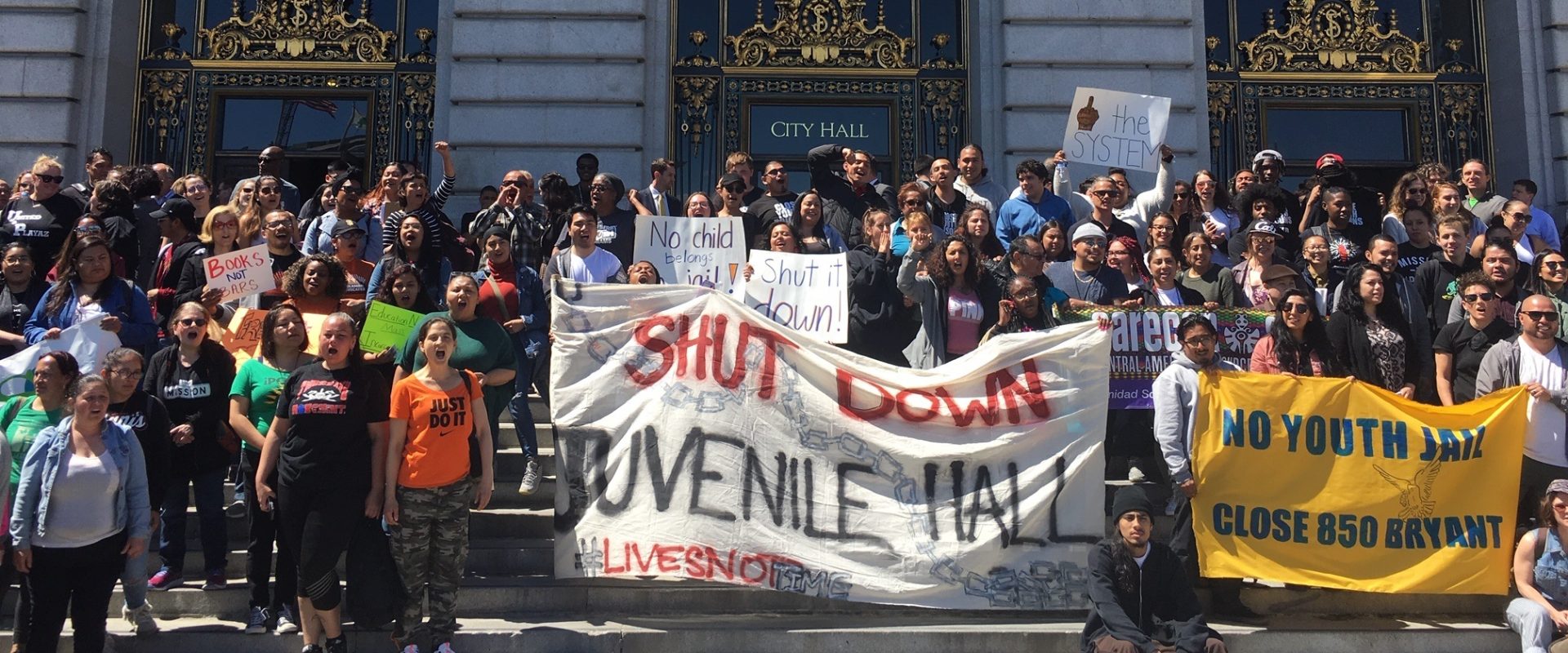Blog Feb 12, 2013
Part I: Trends in girls’ crime
Meda Chesney-Lind and I are currently updating our book Girls, Delinquency and Juvenile Justice (to be published by Wiley-Blackwell at the end of this year) and in this blog I want to report some updated information about recent trends in the offenses girls commit.
The White House recently announced the appointment of Robert Listenbee Jr. as permanent director to the federal Office of Juvenile Justice and Delinquency Prevention (OJJDP). OJJDP has not had a permanent director since 2009, with appointments regularly held up by political maneuvering in the U.S. Senate.
Justice-involved youth have complex histories that not only contributed to their delinquency but present challenges for rehabilitation. These compound factors exacerbate a lack of self-confidence, learning difficulties, physical disabilities, and mental health issues.
Blog Jan 31, 2013
CJCJ presents at WSC Conference 2013
On Saturday, February 9, 2013, CJCJ will present at the Western Society of Criminology Annual Conference in Berkeley, CA.
NCCD President Alex Busansky facilitated a conversation, between San Francisco District Attorney George Gascón and Philadelphia District Attorney Seth Williams, on recent justice reforms in their respective jurisdictions. The topic is of particular relevance to reform-minded criminal justice professionals, given the transformational role prosecutors can play.
